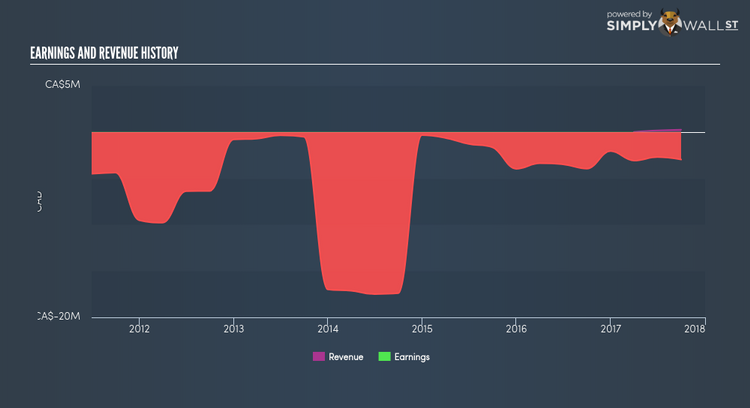What Kind Of Risk Should You Expect For Callitas Health Inc (FRA:T3F3)?

If you are a shareholder in Callitas Health Inc’s (DB:T3F3), or are thinking about investing in the company, knowing how it contributes to the risk and reward profile of your portfolio is important. The beta measures T3F3’s exposure to the wider market risk, which reflects changes in economic and political factors. Not every stock is exposed to the same level of market risk, and the market as a whole represents a beta of one. A stock with a beta greater than one is expected to exhibit higher volatility resulting from market-wide shocks compared to one with a beta below one.
View our latest analysis for Callitas Health
What is T3F3’s market risk?
Callitas Health’s beta of 0.4 indicates that the company is less volatile relative to the diversified market portfolio. This means the stock is more defensive against the ups and downs of a stock market, moving by less than the entire market index in times of change. T3F3’s beta indicates it is a stock that investors may find valuable if they want to reduce the overall market risk exposure of their stock portfolio.
Does T3F3’s size and industry impact the expected beta?
T3F3, with its market capitalisation of €5.08M, is a small-cap stock, which generally have higher beta than similar companies of larger size. But, T3F3’s industry, pharmaceuticals, is considered to be defensive, which means it is less volatile than the market over the economic cycle. As a result, we should expect a high beta for the small-cap T3F3 but a low beta for the pharmaceuticals industry. It seems as though there is an inconsistency in risks from T3F3’s size and industry. There may be a more fundamental driver which can explain this inconsistency, which we will examine below.
Can T3F3’s asset-composition point to a higher beta?
An asset-heavy company tends to have a higher beta because the risk associated with running fixed assets during a downturn is highly expensive. I examine T3F3’s ratio of fixed assets to total assets to see whether the company is highly exposed to the risk of this type of constraint. Given that fixed assets make up an insignificant portion of total assets, T3F3 doesn’t rely heavily upon these expensive, inflexible assets to run its business during downturns. As a result, the company may be less volatile relative to broad market movements, compared to a company of similar size but higher proportion of fixed assets. This is consistent with is current beta value which also indicates low volatility.
What this means for you:
You could benefit from lower risk during times of economic decline by holding onto T3F3. Its low fixed cost also means that, in terms of operating leverage, it is relatively flexible during times of economic downturns. In order to fully understand whether T3F3 is a good investment for you, we also need to consider important company-specific fundamentals such as Callitas Health’s financial health and performance track record. I urge you to complete your research by taking a look at the following:
Financial Health: Is T3F3’s operations financially sustainable? Balance sheets can be hard to analyze, which is why we’ve done it for you. Check out our financial health checks here.
Past Track Record: Has T3F3 been consistently performing well irrespective of the ups and downs in the market? Go into more detail in the past performance analysis and take a look at the free visual representations of T3F3’s historicals for more clarity.
Other High-Performing Stocks: Are there other stocks that provide better prospects with proven track records? Explore our free list of these great stocks here.
To help readers see pass the short term volatility of the financial market, we aim to bring you a long-term focused research analysis purely driven by fundamental data. Note that our analysis does not factor in the latest price sensitive company announcements.
The author is an independent contributor and at the time of publication had no position in the stocks mentioned.

